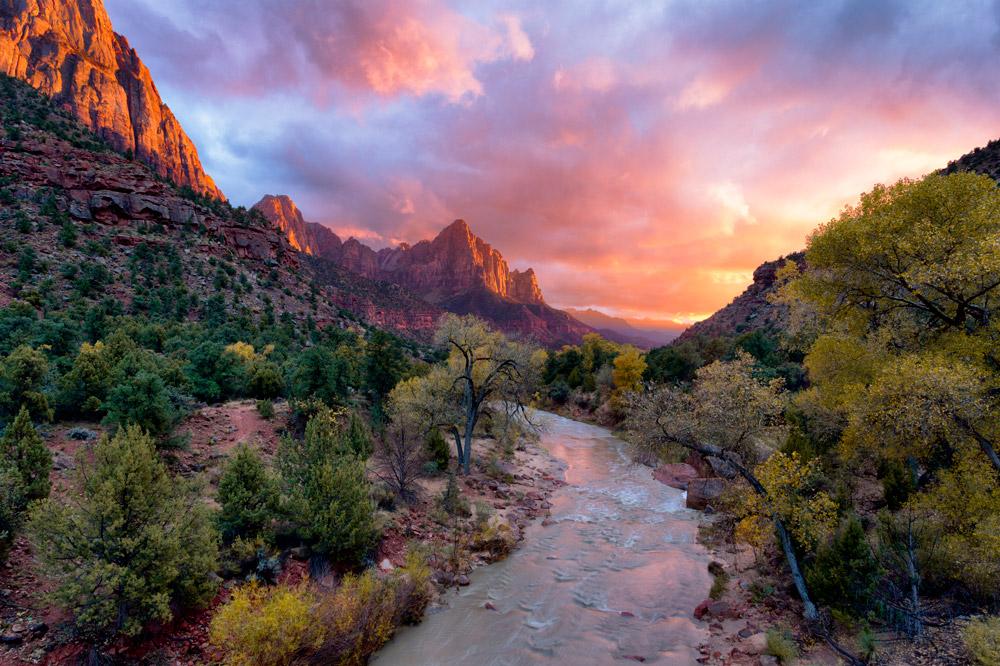In 1882, choirmaster Samuel A. Ward took a leisurely ferry ride from Coney Island into New York City, was struck with inspiration at the summer scene, and immediately composed a tune. A decade later, on an 1893 summer day in Colorado Springs, Colorado, Katharine Lee Bates gazed out from a window and saw a “sea-like expanse of fertile country spreading away so far under those ample skies,” that a hymn immediately sprang to mind. In 1910, the music and poetry came together under the title “America the Beautiful.” The work struck an enduring chord, resonating with so many Americans that numerous campaigns have sought to make it the national anthem.
From the earliest days of America, the hand of Providence has been seen not just in the history of events, but also in the natural splendor of the land---spurring several conservation efforts, one of which resulted in the National Parks System.





